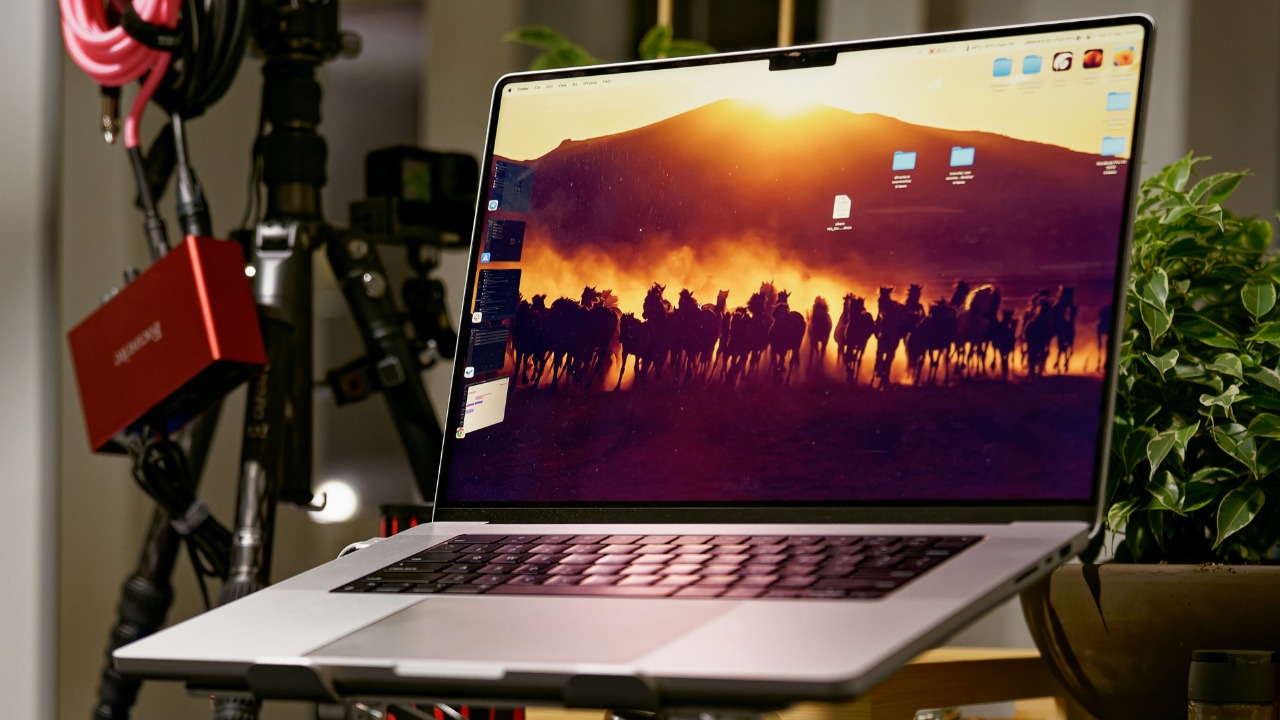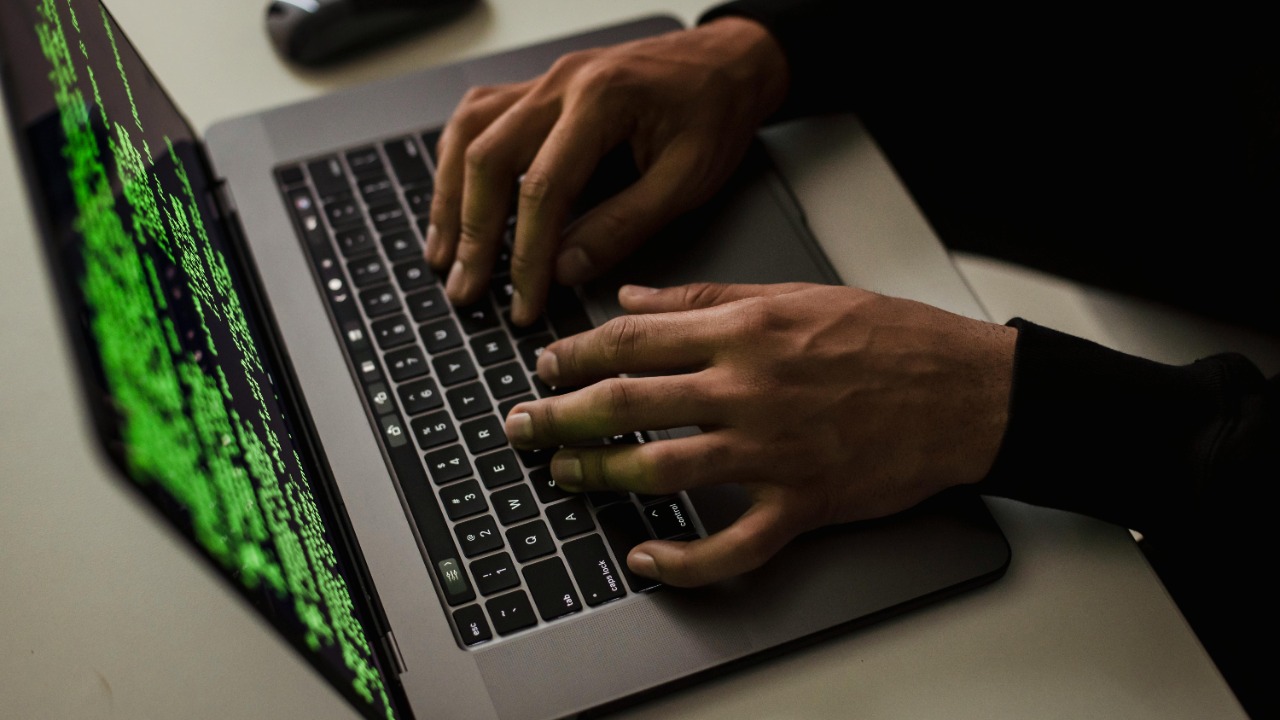
Is your laptop not performing as well as it used to? It might be more than just old hardware. Malware infections can wreak havoc on your device, leading to various issues that can disrupt your work or entertainment. Here are seven signs that your laptop might be infected and what you should watch out for.
1. Sluggish Performance

If your laptop has become noticeably slower, it could be a sign of a malware infection. Malicious software often runs in the background, consuming valuable system resources. This can lead to delayed response times and longer loading periods for programs or websites. Sometimes, running a full system scan can help detect and remove such issues, but if the problem persists, it may be time to consult a professional.
2. Frequent Crashes or Freezes

Regular crashes or freezes could be more than just a minor annoyance. They often indicate that something is amiss, potentially due to malware. Malicious programs can interfere with your system’s normal operations, leading to instability. If you encounter the dreaded black screen or sudden shutdowns, it might be time to investigate further to ensure your system’s integrity.
3. Unusual Pop-Up Ads

Seeing an increase in unwanted pop-up ads is a strong indicator of adware or malware infection. These intrusive ads can not only be annoying but also dangerous, as they might lead you to malicious websites. If your laptop is bombarded with pop-ups despite having a blocker, consider running a malware scan to clean out any hidden threats.
4. Overheating Issues

If your laptop’s fan is constantly running at full speed or if it gets unusually hot, malware could be the cause. Malicious software can use your device’s resources to perform tasks like mining cryptocurrency, leading to overheating. This not only affects performance but can also damage your hardware over time. Regular system checks can help identify and eliminate the problem.
5. Unexpected Data Usage

Noticing a spike in data usage without any changes in your online habits? Malware might be using your internet connection for its own purposes, such as sending out spam emails or participating in a botnet. Monitoring your data usage through your network settings can help you spot unusual activity and take appropriate action.
6. Disabled Security Features

Malware often targets and disables security features to protect itself from detection. If your antivirus software is turned off without your consent or if you can’t access certain security settings, it’s a red flag. Ensure that your security software is up to date and functioning properly to defend against potential threats.
7. Unauthorized Changes in Settings

Have you noticed changes in your homepage, default search engine, or other settings that you didn’t make? This is a classic sign of malware infection. These unauthorized modifications can compromise your privacy and security. Acting quickly to reset your settings and perform a security scan can help prevent further issues.